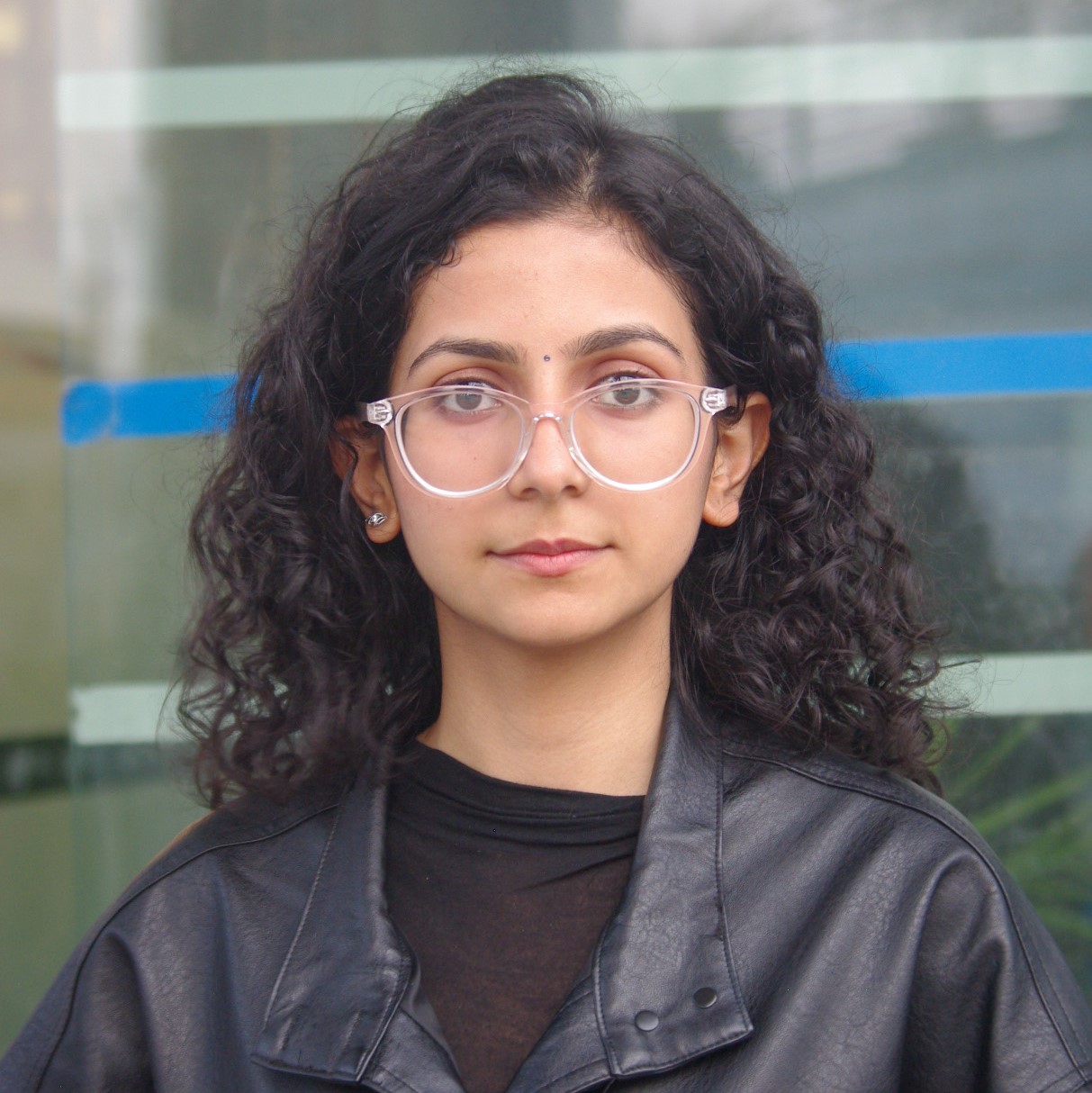Books
Mainstream literature should feature characters from diverse backgrounds
Krishna Raj Sarbahari discusses how he writes children’s stories, his early literary influences and the intersection of journalism and creative writing.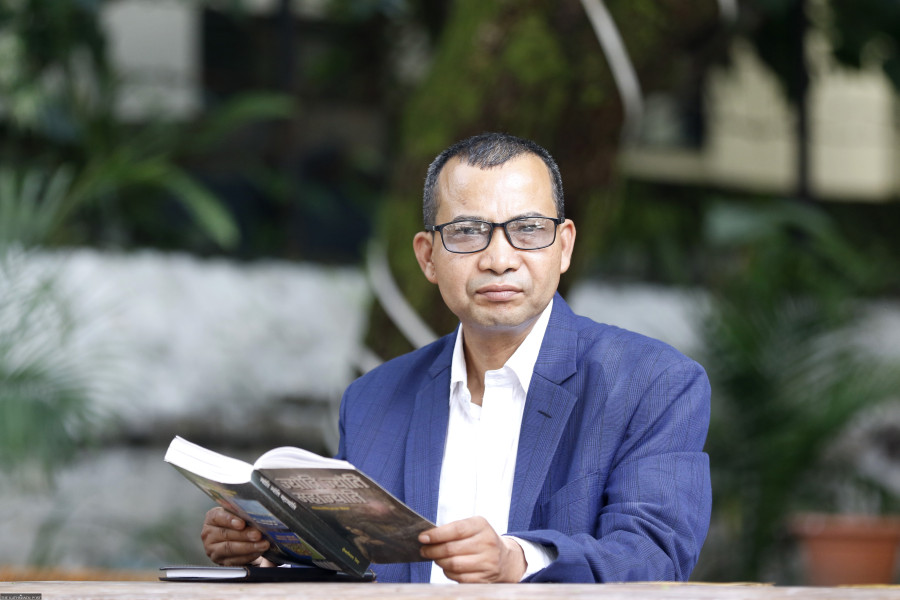
Anweiti Upadhyay
Krishna Raj Sarbahari is an influential figure in Tharu literature and children’s stories. With over 30 published books, most of his works focus on the Tharu community. His writings span various genres, including novels, children’s stories, short stories, poems, comedies and travelogues. Additionally, Sarbahari is the chairperson of the Tharu Writers’ Association and holds a PhD in Tharu folk literature from Nepal Sanskrit University. Alongside his literary contributions, he has an extensive background in journalism.
In this interview with the Post’s Anweiti Upadhyay, Sarbahari discusses how he writes children’s stories, his early literary influences and the intersection of journalism and creative writing.
When did you start reading?
I remember reciting a poem I’d written in my school when I was in grade four. My school sent it for publication in ‘Balak’, one of the oldest Nepali children’s magazines, and that was the first thing I ever read outside of school textbooks. Over time, my interest in reading grew. In the following year, influenced by my father, I picked up the Nepali ‘Ramayan’ and then moved on to reading other stories, including ones about Haatim Tai and Akbar-Birbal.
In grade six, I came across a piece of literature that was based on Tharu culture and written by a Tharu individual for the first time. Titled ‘Magar’ by Mahesh Chaudhary, this collection of songs from Tharu marriage ceremonies was eye-opening for me. Before this, I didn’t know it was possible to publish literature in the Tharu language, too. It inspired me to collect and publish stories from my community. Determined, I began working on this collection and had a draft ready by seventh grade. However, I only managed to publish it during my master’s.
Volunteering at a library some years later deepened my passion for reading. By the time I entered Plus Two, I was constantly requesting new books for our college library. Contributing to the college magazine fueled my desire to write, and I began reading even more.
What are you reading right now?
I just finished reading ‘Budhan’ by Manan Dhakal, which explores the experiences of Tharu individuals adjusting to life in a new place. Another recent read is ‘Shunyako Mulya’ by Nawaraj KC. As I’m working on a gender studies journal, my current reading includes relevant academic papers.
What are some books or writers that have influenced your writing style?
The book that significantly shaped my writing style is ‘Alikhit’ by Dhruba Chandra Gautam. I’ve revisited this multiple times, and it is still just as enjoyable.
Around two decades ago, I, along with other writers, received a fellowship from Martin Chautari. During the one-and-a-half months spent at a hotel in Dhulikhel, I aimed to write a story reflecting the culture and lifestyle of the western Tarai inhabitants, inspired by Gautam’s approach to covering the eastern Tarai lifestyle in ‘Alikhit’. However, feeling my initial draft closely resembled Gautam’s work, I decided to rework the story.
How has your experience as a journalist and researcher influenced your approach to creative writing? Are there connections between journalism and storytelling for you?
At times, the insights gained during my research projects assist me in shaping the plots and other elements of my stories. The individuals I encounter through my journalistic and research endeavours are a significant source of inspiration for my writing. Additionally, the places I visit inspire my stories. I believe writers benefit from extensive travel and meeting diverse people to generate fresh ideas and gain a deeper understanding of various concepts they can explore in their writing.
I’ve noticed that working as a journalist has gradually affected my creativity. The language employed in journalism differs considerably from that of literary writing. Presently, I find myself using journalistic language in my literary pieces, and this shift has left me dissatisfied with my writing. Consequently, I am contemplating a gradual transition away from journalism to focus more on my writing.
Children's stories can serve as both entertainment and a means of teaching important life lessons. How do you manage to blend these elements effectively, ensuring that your stories are both enjoyable and educational?
Raising my daughters has rekindled my awareness of children’s curiosity and imagination. When I travel, I try to engage with local children and converse with older individuals who share their regional folk tales. This is how I collect stories. During these interactions, children sometimes mention the disparity between the stories they hear at home and those taught in school. These conversations remind me of the importance of inclusivity and the need for our educational curriculum and mainstream media to feature stories from diverse backgrounds and ethnicities that foster a sense of visibility for everyone and avoid any feelings of being ‘othered’.
What factors do you consider when writing stories for children?
Relatability is a big thing when writing stories for children. I explore topics that resonate with children, such as experiences like hunger or the simple joy of wandering in the garden while chasing a butterfly.
Some of your children’s stories have been adapted into picture books. Collaborating with illustrators, editors and publishers can influence the authenticity of cultural representation. How do you ensure that every aspect of your books maintains the integrity of Tharu culture and stories?
I believe a picture can convey a story as effectively as a thousand words. Images add another dimension to the narrative and pique the interest of more people, especially children, in a book. Hence, I have enjoyed collaborating with organisations like Room to Read, Srijanalaya and The Asia Foundation to turn my stories into picture books.
The creating picture books is a highly collaborative process. Illustrators typically engage in detailed discussions with us before starting their drawings. We review the illustrations multiple times, and once everyone is satisfied, we publish the final version.
Given that my stories often have elements intrinsic to Tharu culture, which may be unfamiliar to the illustrators, I discuss everything with them thoroughly.
There was an instance where I wasn’t shown the final version of a book before publication, resulting in a significant error. The publishers corrected it in the second edition of the book, but such oversights could have been avoided with a careful check before the initial publication.
Krishna Raj Sarbahari’s book recommendations
Ramayan

Author: Valmiki
I like how the ‘Ramayan’ feels like an ongoing series of stories happening concurrently. Despite numerous sub-plots, it is presented in chronological order, making it easy to follow. Additionally, it has great moral lessons.
Alikhit
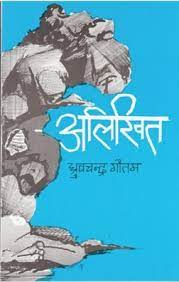
Author: Dhruba Chandra Gautam
Year: 1983
Publisher: Sajha Prakashan
Gautam aptly describes how landlords in the panchayat era exploited and made life difficult for the villagers. I also appreciate his accurate portrayal of the lifestyle of people in the Bara-Parsa region.
Sataha

Author: Mahesh Bikram Shah
Year: 1996
Publisher: Anurag
Shah has published several anthologies; my favourite is his first story collection named ‘Sataha’. The book has many stories of the Tharu community, including ‘Champi’, ‘Tishna’ and the titular ‘Sataha’.
Ghumne Mechmathi Andho Manchhe
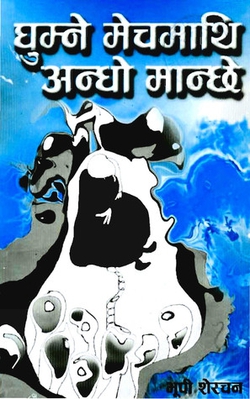
Author: Bhupi Sherchan
Year: 1969
Publisher: Sajha Prakashan
I really enjoy reading ‘Ghumne Mechmathi Andho Manchhe’. Despite being penned half a century ago, the book’s themes remain highly relevant today. Sherchan’s poems have a lasting literary brilliance that few poets can match.
Ular
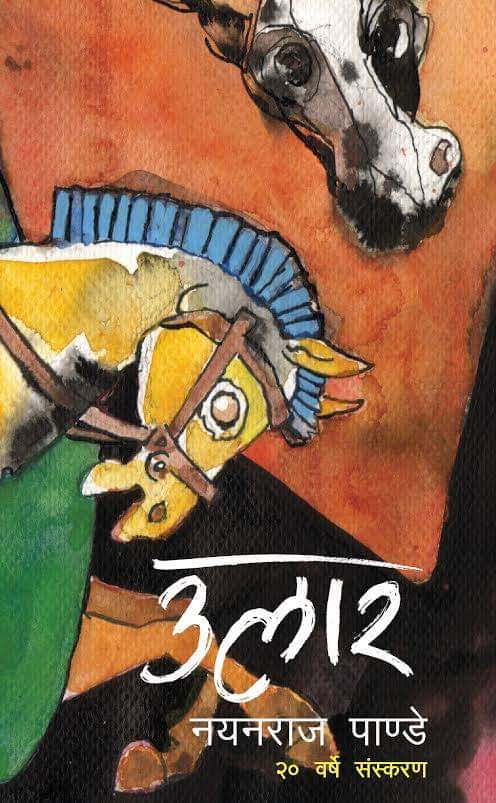
Author: Nayan Raj Pandey
Year: 1998
Publisher: Tanneri Prakshan
This is a tale of marginalised characters affected by political imbalance and instability in the 1990s. ‘Ular’ refers to the state when a horse-cart is unbalanced, and balance is a central theme of the story.




 22.64°C Kathmandu
22.64°C Kathmandu